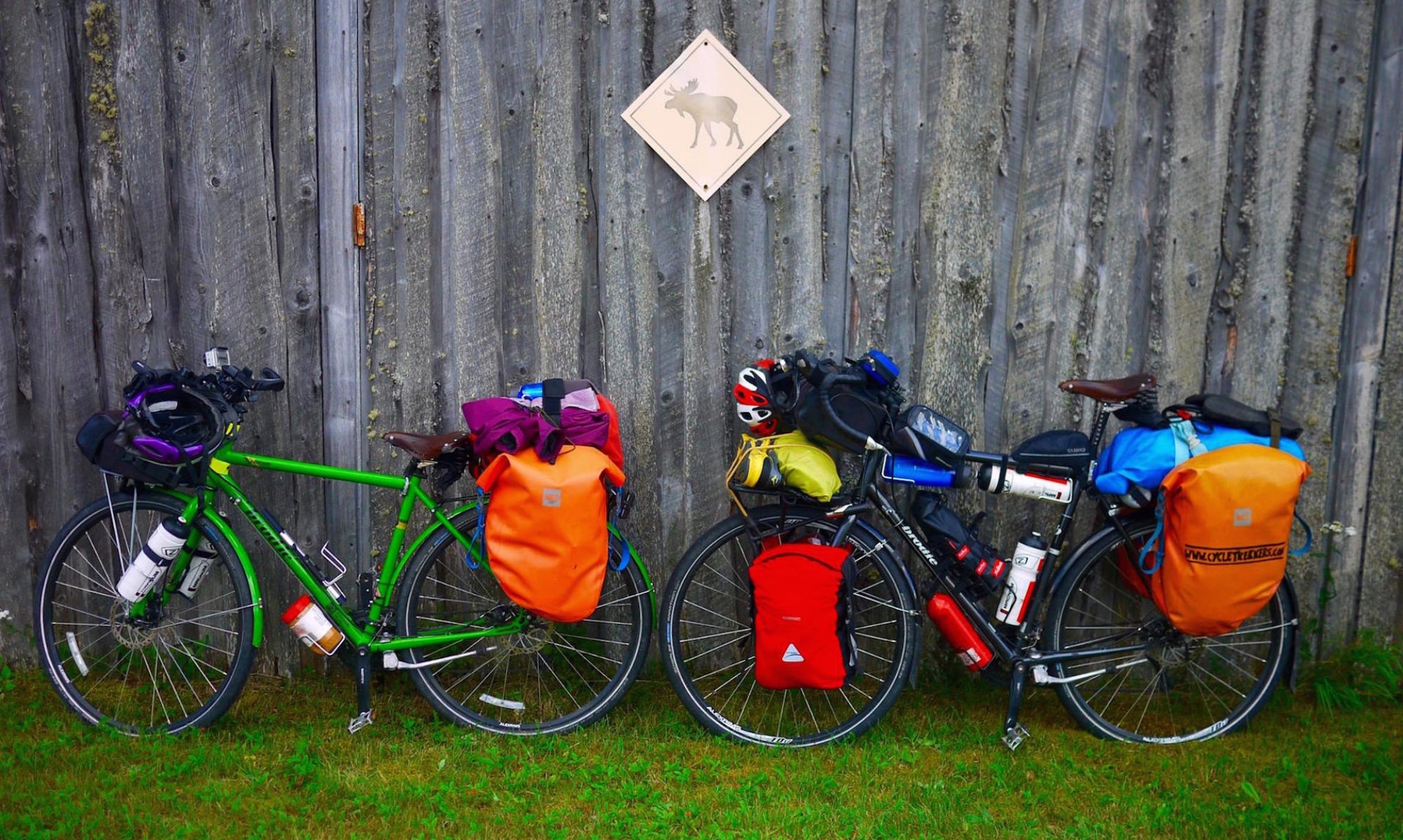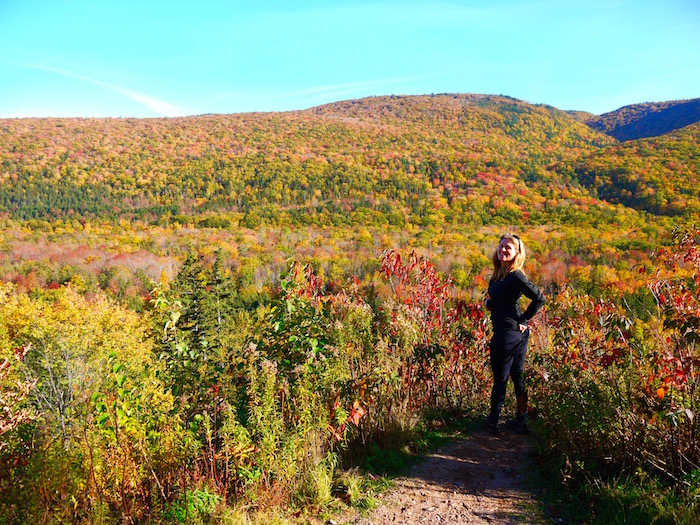Need an expert’s advice on what to pack for a hiking trip with your bike? Well, you’re on the right page. Apart from the bike and the helmet which you can’t leave home without, there are quite a few items that should be on your list too.
Gear storage
You’ll need quite a few bags to ensure that all the weight you’re carrying is evenly distributed and that it doesn’t destabilize your bike. The first thing you should consider is a hydration pack because you need to stay hydrated on the trail, so you can add to your miles without getting a headache.
Besides this, you’ll also need a very light backpack, with padded straps that can be worn for prolonged periods of time. Make sure you get a water-resistant item that can also withstand possible scratches from all the tree branches on your way.
You can also get other types of bags, like a saddle bag for bigger equipment, and a handlebar bag for the gear you really need to have at hand. A trunk bag can also be of use if you’re carrying a tent with you. And if you’re cycling across paved forested paths, a trailer can become your best friend, though it might slow you down a bit.
The actual gear
Now that you’re prepared with the optimal gear storage, you need the actual equipment too. Since you’ll be on your bike most of the time, you need ultra-light hiking gear, even if you’re dealing with a tent, sleeping bag and sleeping pad. And yes, there are such items which, despite their low weight, they’re still insulating, waterproof and scratch-resistant.
Make sure you get compact items too, not just light ones. You need to make sure you can set them up and take them down pretty fast since you’ll mostly be on the move.
Clothes
Apart from that, you should consider the right clothes for both hiking and biking. Even if you’ll be cycling, you might also like to take some short hikes around the camp. The first thing to start with is a moisture-wicking first layer, consisting of a top and underwear that don’t absorb moisture.
You can think of merino wool for that because it’s a bacteria-killing, odor-proofing and insulating material, which keeps your body temperature constant, unlike cotton. You should also look at padded tights that offer insulation combined with breathability.
Make sure you get water-resistant and padded gloves, so your hands don’t have to absorb the shock of the rugged terrain. A pair of bike shoes is essential, but you should take some ankle-supporting sports shoes too for those side-hikes. Don’t forget moisture-wicking cycling shoes as well as a skullcap to protect your head from the sun.
Personal protection
If it’s raining, you’ll need rainwear that’s also windproof, and an insulating second layer possibly made from fleece or wool, depending on the temperature. If it’s really cold and windy, you’ll need both arm and leg warmers, and a visibility vest is a real life-saver for foggy weather, especially if you’re cycling somewhere near a hunting ground.
Sunglasses are great for keeping your eyes safe from the strong sun, but they can also be great for rocky terrain, where small pebbles can get in your eyes. Don’t forget sunscreen against the dangerous UV rays and lip balm to keep your lips from cracking because of the wind.
Of course, a First Aid Kit is a must, but make sure you have it complete and up to date. Stash your medical info card inside it, in case of an actual accident. Add some insect repellant to make sure you’re safe from bugs too.
Accessories
In terms of accessories, the first things you need are the lights. So make sure your headlight and taillight are working well, but you can likewise get a helmet light with strobe mode in case you get lost. Don’t forget your mirrors and taillights, so there are some cool-looking cycling gloves with included turn lights on the market.
You’ll need a resistant lock too, even if the camping spot seems safe. You can even get a smart lock that lets you know when someone tries to steal your bike, while it emits a deafening alarm too.
But your bike isn’t the only thing you need to secure. The water bottles you carry should also be kept safe, or otherwise, you might end up with no potable water for the road. That’s why water bottle cages are essential for rugged terrain. Don’t forget some paracord or straps – you never know when you’re going to need these for a rough ascent or descent.
Repair tools
The essential repair tools start with a patch kit that’s compact and lightweight enough to carry. This should include a spare tube or several of those, a pump to inflate your wheels and tire levers so you don’t have to improvise a support while you’re working on your bike.
A multi-tool doesn’t hurt either, but make sure it’s specifically designed for cycling and that it has an Allen wrench included there too. If you want to be more prepared than that, you might also need a couple of wrenches and a general multi-tool.
You should also consider a pressure gauge if you have the room, and duct tape is a definite must. You can think of a spare brake cable too, that can be pretty important for rough terrain, but there are plenty of other spare items to take if you have the room, like spokes, tire, cleats and other components.
Miscellaneous
Don’t forget cleaning supplies and toiletries like soap, toilet paper, a quick-dry towel, toothbrush, and toothpaste. Some of these might be accessible at different camping spots though.
Of course, you’ll also need a camera to capture the beautiful landscapes, your phone, and GPS with the maps of your trail. Don’t forget to get enough money and an ID.
All that gear is bound to make your trip more fun and also safer, so we hope we helped with a comprehensive checklist. So now, it’s your turn: where are you going? What will you be taking? Leave a comment below.


I like your actual gear list. Thanks!